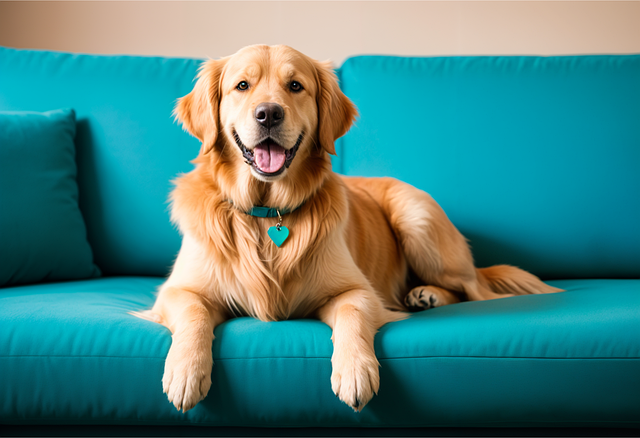
How do i train my dog to be obedient?
Watching your dog dart across the park ignoring your calls isn’t just frustrating—it can put them at risk near busy streets or public spaces.
Picture this: You’re strolling through your neighborhood park, coffee in hand, imagining a peaceful walk with your golden retriever gliding calmly at your side. Instead, you’re wrestling a leash as your dog zigzags after squirrels, plants his nose in every bush, or flat-out refuses to move past a noisy trash truck. If this feels like your daily reality, especially in distraction-filled American suburbs or cities like Portland or Austin, you’re not alone. That frustrating struggle isn’t rebellion—it’s your dog speaking a different sensory language.
Dogs navigate the world nose-first. That obsessive sniffing? It’s their version of reading the morning news. Pulling often stems from overexcitement or anxiety about unfamiliar sights and sounds. Lagging behind might mean fear of skateboards rumbling by or discomfort from a poorly fitted harness. Crucially, expecting perfect loose leash walking requires understanding canine neurology. Yanking the leash or jerking them back floods their system with stress hormones, making focus impossible—and clashes hard with modern American values that reject punitive training. States like Massachusetts and cities like Denver increasingly regulate tools like choke chains, reflecting our cultural shift toward reward-based methods that build trust through partnership, not force.
Transforming chaos into cooperation starts at home. Begin indoors with zero distractions. Hold high-value treats (think diced hot dogs) near your left knee, say "Let’s go!" in a cheerful tone, and reward every step your dog takes beside you. Gradually move to quiet outdoor spaces like your driveway. When tackling real-world walks, remember patience is non-negotiable. For determined pullers, become a tree: stop moving instantly the moment tension hits the leash. Wait for even a flicker of slack—maybe just your dog glancing back—then praise and reward before taking another step. For chronic sniffers, use a cue like "Leave it" followed by "Let’s go!" and reward when they disengage. Schedule dedicated "sniff safaris" on a long line in parks to satisfy that biological need legally and safely.

Apartment dwellers face unique hurdles. Echoey hallways can terrify sound-sensitive dogs. Practice short sessions near elevators using the "Find it!" game—tossing treats at your feet—to build focus amid unsettling echoes. Always use a front-clip harness in tight spaces; it gently turns your dog toward you if they lunge, reducing strain on their neck and your shoulders.
Walking politely isn’t just about convenience—it’s community responsibility. Never leave home without biodegradable poop bags. Failing to scoop carries fines up to $300 in cities like San Francisco and is a fast way to anger neighbors. Keep rabies tags visibly current on your dog’s collar; this isn’t just wise—it’s federal law, and many dog parks like Chicago’s Montrose Dog Beach require proof. When navigating shared trails, step aside for cyclists or joggers, keeping your leash under 6 feet even in areas allowing longer leads. If your dog barks at passersby, calmly redirect with treats before they react—urban dog etiquette protects everyone’s peace.
Remember, walks are your dog’s greatest adventure. Celebrate tiny victories—three steps without pulling!—with genuine enthusiasm and chicken bits. With consistent positive reinforcement, respecting both your dog’s instincts and community rules, those dreamy side-by-side strolls become your new normal.

Watching your dog dart across the park ignoring your calls isn’t just frustrating—it can put them at risk near busy streets or public spaces.

New puppy owners often find themselves rushing to clean up accidents before they set in, and that’s where puppy pad training becomes a game-changer.

If you've noticed your dog's waistline disappearing and your veterinarian has mentioned those few extra pounds, your first instinct might be to simply reduce the amount of food in their bowl.

Training a dog to use a designated spot indoors isn’t as daunting as many new owners fear, but it does take consistency and an understanding of your pet’s needs.

That moment of dread on a walk is all too familiar for many new dog owners. You see another dog approaching down the sidewalk of your neighborhood

If the sight of another dog on your neighborhood walk makes your heart sink as your own dog erupts into a frenzy of barking and lunging, you're not alone.